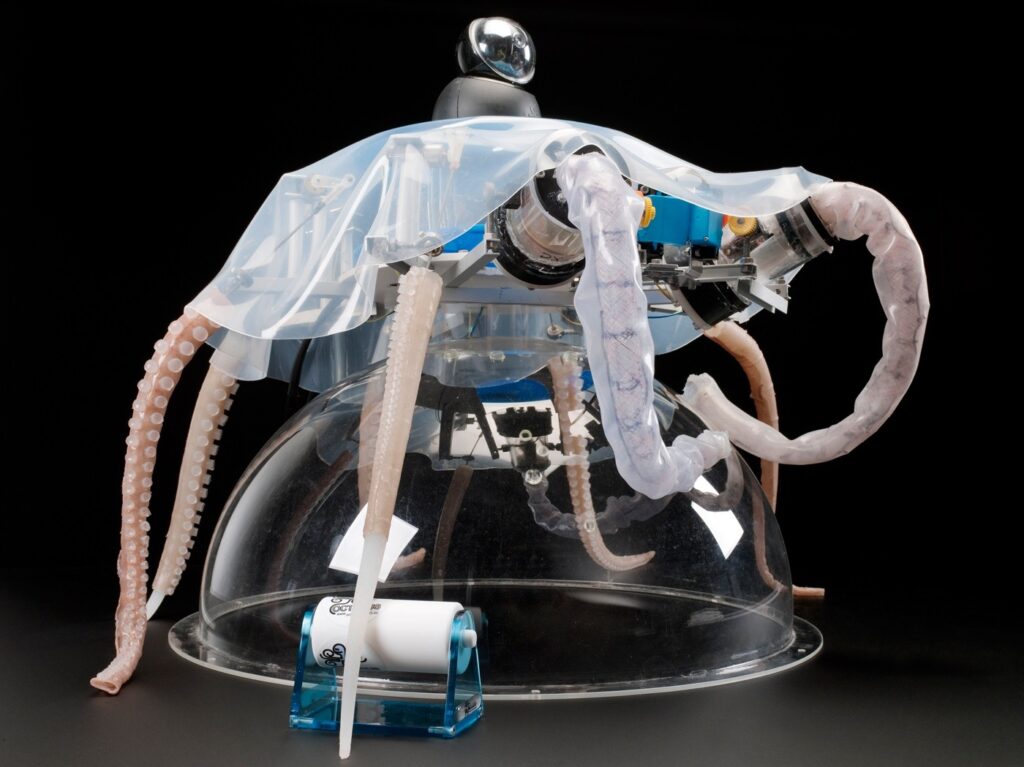Octopus-Inspired Soft Robots: Revolutionizing Healthcare
The future of minimally invasive surgery is here, and it’s inspired by one of nature’s most flexible creatures—the octopus. Thanks to advances in soft robotics, scientists have developed surgical robots capable of mimicking the octopus’s delicate, adaptive movements. This innovation is revolutionizing the medical sector, offering precision, safety, and access to complex surgical procedures that were previously difficult to perform.
What is Soft Robotics?
Soft robotics is a field of robotics focused on creating machines made from flexible, adaptable materials like silicone and polymers. Unlike traditional, rigid robots, soft robots are capable of gentle, complex movements, making them ideal for interacting with delicate environments—such as the human body. Soft robots can twist, bend, and maneuver in ways that rigid robots cannot, enabling them to safely navigate complex areas within the body.
How Octopus-Inspired Robotics Are Changing Surgery
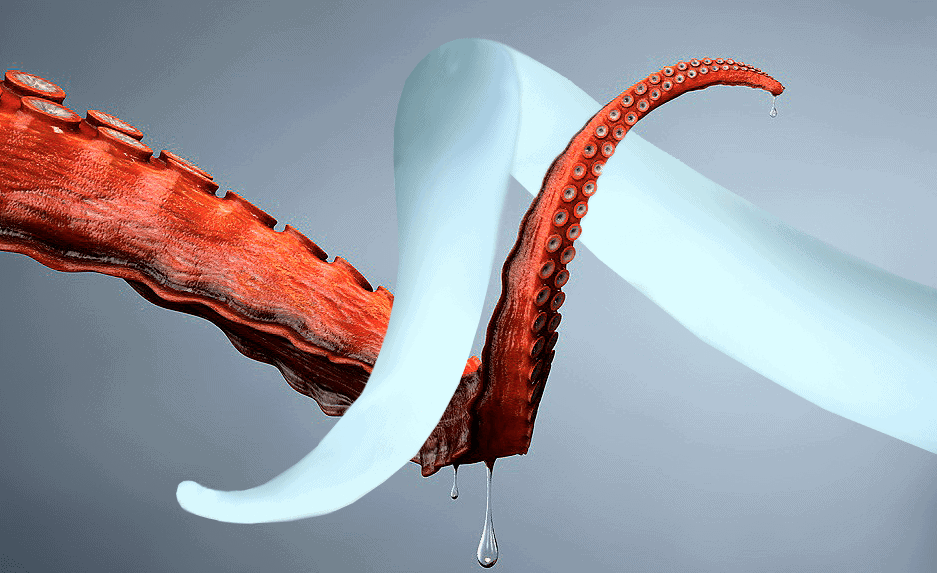
Octopus-inspired soft robotics is one of the latest breakthroughs in biomimicry—the science of emulating nature’s time-tested designs. The octopus, a creature without bones, relies on muscular hydrostat structures to move with fluidity, flexibility, and precision. By mimicking these unique movements, researchers have developed a robot that can access hard-to-reach areas within the human body, allowing for delicate manipulation during surgery.
Key Benefits of Octopus-Inspired Soft Robots in Surgery:
- Enhanced Precision and Flexibility: Mimicking the octopus’s fluid movements allows these robots to adjust to the body’s natural shape, improving accuracy in complex procedures.
- Minimally Invasive Techniques: The robot’s flexibility enables minimally invasive surgeries, which are associated with smaller incisions, reduced infection risks, and shorter recovery times.
- Reduced Trauma to Tissue: With soft, gentle movements, these robots decrease the risk of accidental tissue damage, critical in delicate procedures such as brain or heart surgeries.
- Improved Access to Hard-to-Reach Areas: Soft robots can navigate through intricate pathways, making them invaluable for operations in small or narrow anatomical structures.
Real-World Applications of Octopus-Inspired Soft Robots
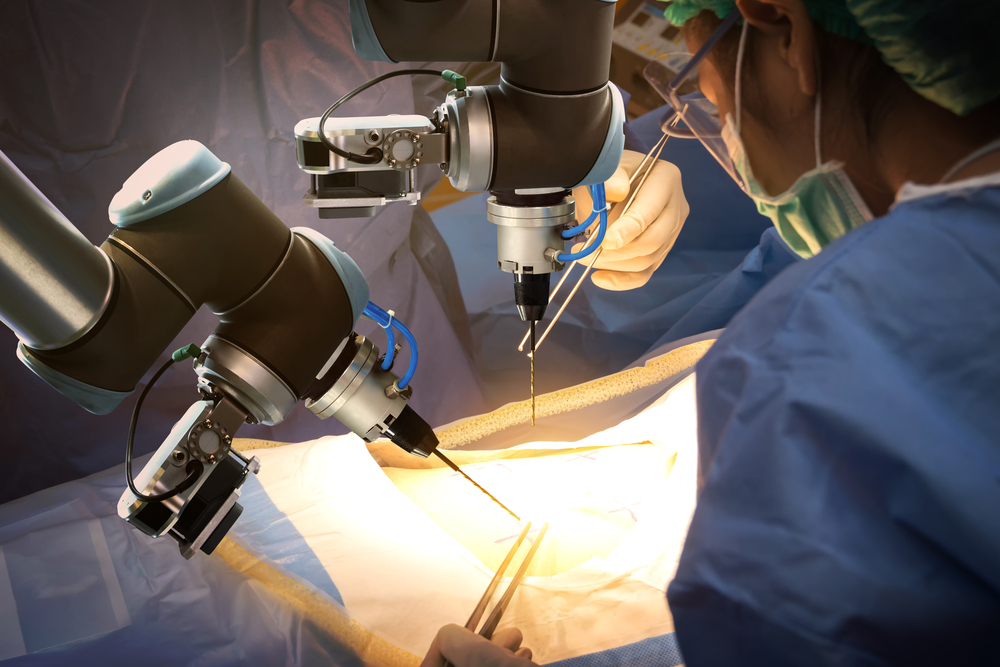
Octopus-inspired robots are already being applied in medical settings, with significant benefits in several specialties:
- Cardiac Surgery: In cardiac procedures, precision is crucial, as the heart is a highly sensitive organ. Soft robotic tools allow surgeons to operate with extreme accuracy while minimizing trauma to surrounding tissues. For example, during heart valve repair, the robot’s flexible arm can maneuver around delicate cardiac structures, reducing the risk of complications.
- Endoscopic and Gastrointestinal Surgery: Endoscopy procedures often require navigation through narrow and winding paths in the gastrointestinal tract. A soft robot’s pliability allows it to move smoothly through these areas without causing discomfort or damage, providing a clearer view for the surgeon while minimizing invasive techniques.
- Neurological Surgery: Brain surgeries are among the most delicate medical procedures, as the brain contains many sensitive areas. The octopus-inspired robot’s gentle movements enable it to carefully access brain tissue, making it an ideal tool for complex operations, such as tumor removal, where precise navigation is critical.
- Orthopedic and Musculoskeletal Surgery: In orthopedic procedures, the soft robot can wrap around bones or joints with precision, making it an excellent tool for bone repair surgeries, ligament reattachment, or other musculoskeletal interventions.
Case Study: Soft Robotic Arm for Precision Brain Surgery
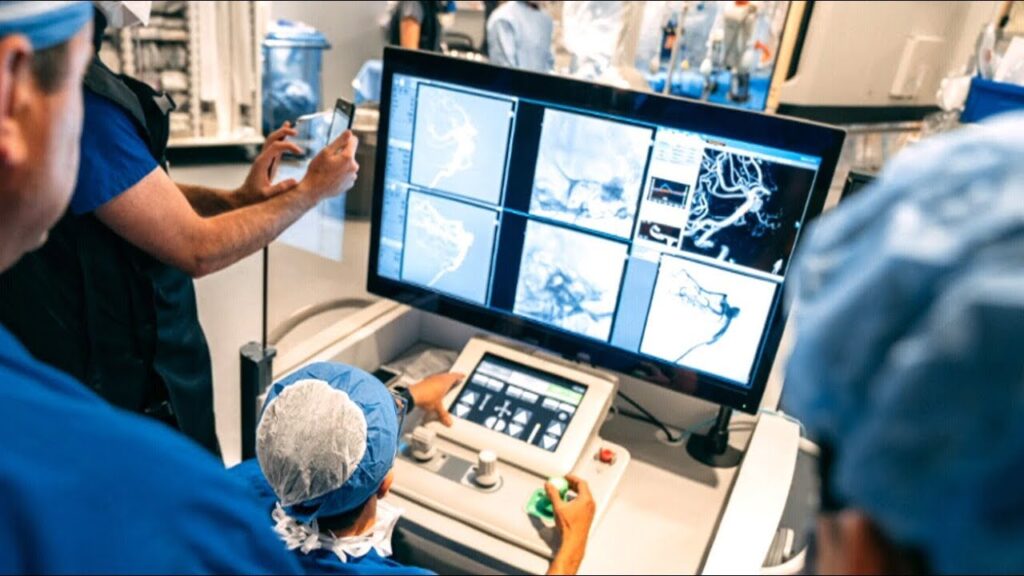
In recent years, a team of researchers and neurosurgeons collaborated on a groundbreaking study to test the effectiveness of an octopus-inspired soft robotic arm in performing delicate brain surgeries. The study focused on removing tumors from patients’ brains—a procedure that demands the highest degree of accuracy and caution due to the brain’s complex, sensitive structures. Conventional surgical instruments and robotic tools often lack the flexibility required to maneuver around fragile brain tissues, posing significant risks of collateral damage.
Design of the Octopus-Inspired Soft Robotic Arm
Drawing inspiration from the octopus’s muscular hydrostat—essentially, how it controls movement without a rigid skeleton—the robotic arm was developed using soft, biocompatible materials capable of bending, twisting, and even changing shape. This design allowed the robot to adapt to the brain’s contours and navigate challenging regions while minimizing the risk of pressing on or damaging sensitive neural structures.
The arm was also equipped with micro-sensors and feedback mechanisms, enabling it to sense pressure and respond in real time. This allowed the surgeons to make micro-adjustments while operating, which is crucial when dealing with the brain’s densely packed tissues and blood vessels.
Procedure and Precision Control
The procedure involved a team of neurosurgeons who worked with the robot in a controlled environment. The patient had a tumor located in a difficult-to-reach area, surrounded by essential brain tissues responsible for motor functions and sensory processing. Using the octopus-inspired soft robotic arm, the surgeons were able to approach the tumor from a safe angle without disturbing the surrounding tissue. This is especially noteworthy because traditional surgical instruments would have required a larger incision or a more invasive approach, increasing the risks of infection, bleeding, or long-term neurological deficits. The soft robotic arm allowed the surgeons to navigate around delicate areas, reducing the need for cutting or retracting brain tissue. The flexibility of the robot meant it could gently “hug” brain structures, creating a path that bypassed nerves and blood vessels, minimizing trauma and preserving crucial brain functions.
Key Outcomes and Patient Recovery
Following the surgery, the patient experienced a notably quick recovery, with no adverse neurological effects—a significant achievement for brain surgery. Typically, brain surgeries require extensive post-operative care and monitoring due to the high risk of complications, such as infection, bleeding, or brain swelling. However, the use of the soft robotic arm minimized these risks, leading to:
- Reduced Recovery Time: The patient’s hospital stay was shorter than usual, with fewer complications reported. This reduced both the emotional and financial burden on the patient and their family.
- Minimal Scarring and Reduced Trauma: With smaller incisions and less tissue manipulation, the patient had minimal scarring, both externally and internally. This is crucial for brain surgeries, where post-operative swelling can lead to severe complications.
- Enhanced Surgical Precision and Safety: The soft robot’s real-time feedback and adaptive movements allowed surgeons to target the tumor with unprecedented accuracy, ensuring no damage to critical brain areas.
Long-Term Implications for Brain Surgery
This case study highlights the potential of octopus-inspired soft robotics to perform intricate neurosurgical procedures with reduced risk and higher precision. The successful outcome in this case has motivated ongoing research and trials to refine and expand the application of soft robotic arms for other types of brain surgeries, such as treating aneurysms, removing small lesions, or performing biopsies on sensitive brain areas. Researchers are also exploring the integration of AI for predictive movements and further precision, aiming to create semi-autonomous systems that assist surgeons even more.
Challenges and Future Directions for Octopus-Inspired Soft Robots in Surgery
Despite the advantages, implementing soft robotics in surgery also comes with challenges:
- Material Durability: Soft robotics materials need to withstand repeated use, and they must be biocompatible to avoid triggering adverse reactions in patients.
- Cost and Accessibility: Soft robots are costly to produce, and widespread accessibility will require innovation to reduce these costs.
- Training and Precision Control: While soft robots are highly flexible, controlling them with precision is still challenging. Research is underway to make these robots more intuitive for surgeons to operate.
- Ethical and Safety Considerations: As these robots become more autonomous, ethical considerations regarding robotic oversight in surgery must be addressed.
The Future of Soft Robotics in Healthcare
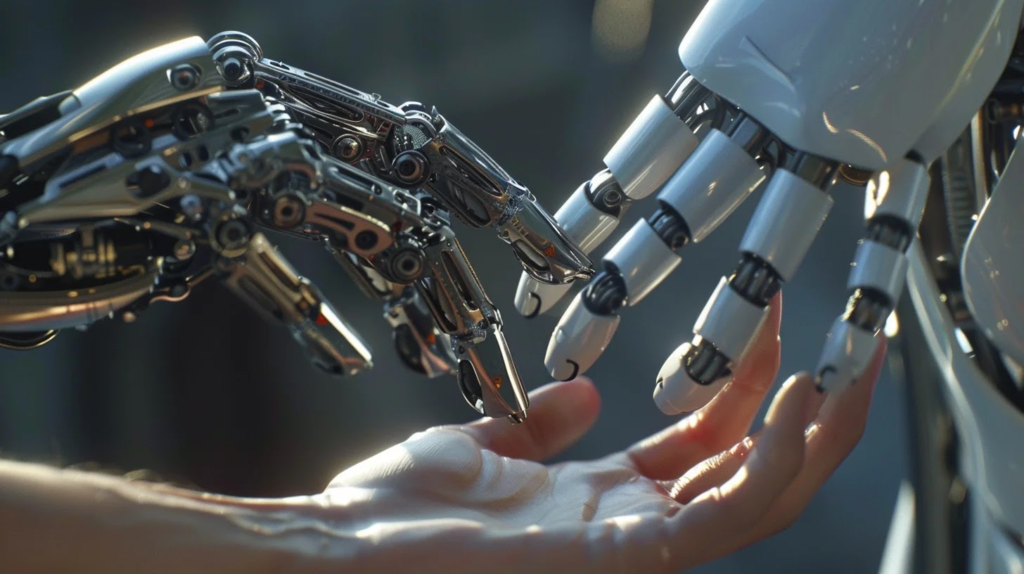
The field of soft robotics has immense potential to reshape healthcare. As these technologies become more sophisticated, we can expect soft robots to assist with not only surgical procedures but also tasks in diagnostics, patient care, and rehabilitation. The integration of artificial intelligence (AI) and machine learning could even enable these robots to perform certain surgeries autonomously, providing more consistent results while reducing the workload on surgeons.
The goal is not to replace human surgeons but to augment their capabilities, making surgeries safer and more effective for patients. As soft robots become more precise and affordable, they are likely to become a staple in operating rooms around the world, offering revolutionary solutions for complex medical procedures.
Conclusion
Octopus-inspired soft robots are an exciting breakthrough in biomimetic engineering, offering a new frontier in minimally invasive, precision surgery. By mirroring the octopus’s delicate, flexible movements, these robots provide surgeons with unparalleled control and adaptability, enhancing patient outcomes and transforming the future of surgery. With ongoing research and development, these soft robots may soon become essential tools in operating rooms worldwide, enabling safer, more effective, and less invasive medical procedures.
As we continue to learn from nature’s designs, soft robotics demonstrates the immense potential of biomimicry to solve complex human challenges. For the medical sector, this means a future where surgeries are less traumatic, recovery times are shorter, and patient care is more effective—thanks to the remarkable technology inspired by one of nature’s most unique creatures, the octopus.

Maryam Salman
A-levels student | The Lahore Lyceum
Maryam is an A-levels student hailing from Lahore, Pakistan who is passionate about Tech-Driven movements, Human-Computer Interaction, and Psychiatry; You will often find her writing about how these fields intersect within the mundane tasks of life. She has been an avid reader since age five, and when she's not writing or reading, she finds joy in baking—it’s her favorite way to relax!

